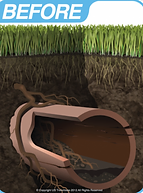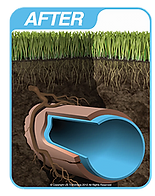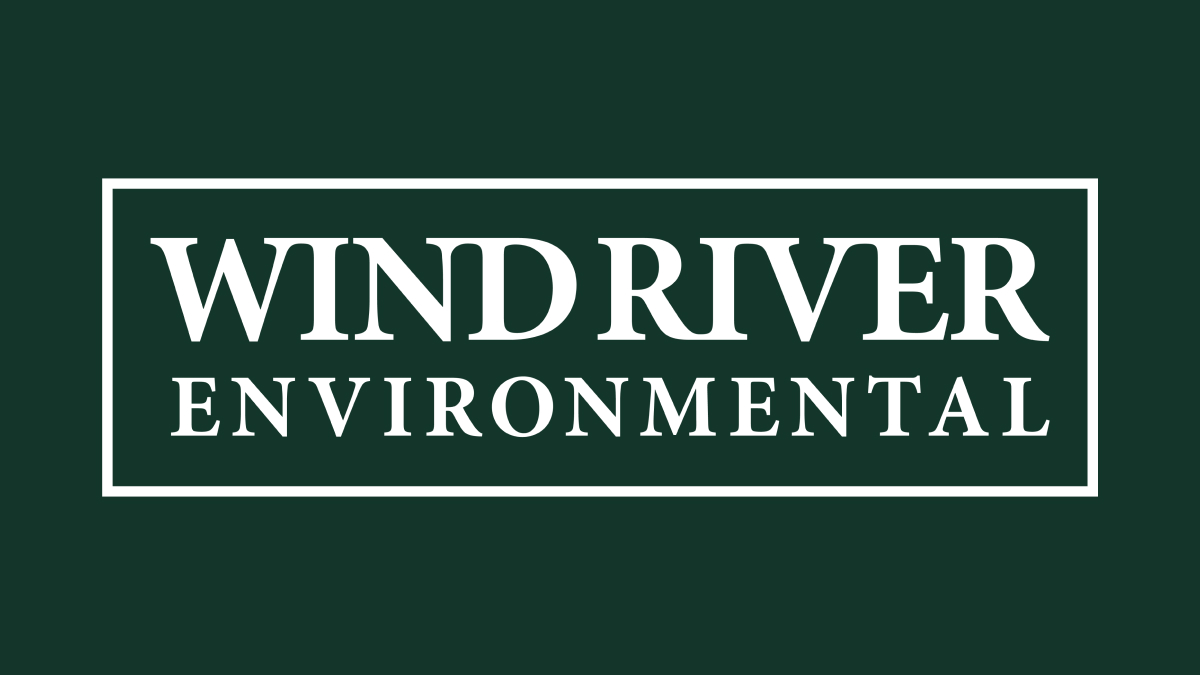CIPP lining, or cured in place pipe lining, is a method of pipe restoration used in existing pipe repair. This process is done to preserve current pipes that have been damaged by leaks, cracks, intruding roots, and rust. It increases the lifespan of a pipe system, while also possibly preserving building structures and causing little to no damage to property.
Here are some frequently asked questions to help you decide whether CIPP lining is right for you :
Can a CIPP liner be installed on a vertical pipe or only horizontal pipe?
Our CIPP lining system can be installed vertical and horizontal pipes. CIPP liner can even be installed inside asbestos covered pipes or inside architectural stone pipes.
Can the liner be inserted from more than one access point?
Yes. The liner can be inserted through a cleanout or from a small excavation point. Since the end of the liner is open, there is no need to access the other end of the liner.
What is the CIPP liner installation process?
First - We inspect the pipelines using a CCTV sewer video camera. This allows us to not only measure the pipe but also see the extent of the damage. After the inspection is completed, we create an action plan to repair all pipe problems.
create an action plan to repair all pipe problems.
Second - Once we properly assess the damage and propose a solution, we thoroughly clean the lines using a high pressure water jetter and special tools to remove fat, oil, grease, dirt, mud, tree roots, debris, and other objects that are clogging up the system.
Third - After the pipe is cleaned that's when we start the process of lining the pipe. We pull a new CIPP liner in place and saturate it with an epoxy cure. The liner will then inflate causing the pipe to cure in place. The end result is the creation of a strong, smooth, and seamless 'pipe within a pipe'.



